Office Information
Practice Limited to Periodontics
280 Main Street, Suite 411
Nashua NH 03060
Tel: (603) 880-1707
Fax: (603) 886-0914
Get Directions | Contact Us
Office Hours
Monday - Friday
8:00am to 5:00pm
PRACTICE LIMITED TO PERIODONTICS
Referring Doctors
Click here
Procedures
Bone Grafting
Dental implants have revolutionized tooth replacements, with one caveat: they require a significant amount of healthy bone. As periodontists, we here at Nashua Perio specialize in implant treatment and other preliminary procedures. One such procedure, bone grafting, is often a necessary part of the journey towards a healthier smile.
When is a Bone Graft Necessary?
The loss of a tooth can affect the function and aesthetics of your smile. What many people do not know is that it can also affect your underlying bone. The roots of our teeth provide stimulation to the bone that keeps it healthy and strong.
When you are missing one or more teeth, your bone is missing this physical stimulation. Over time, the bone will deteriorate due to the process of resorption. Significant atrophy can disqualify a patient for dental implant treatment.
If your bone is too thin or too soft, it may impede the process of osseointegration. During osseointegration, the implant post and your jawbone fuse together to form a powerful bond. This bond allows the implant post to serve as the root component of a prosthetic tooth. Without osseointegration, implant failure will occur.
A bone graft can improve the quality and quantity of your jawbone, allowing you to qualify for implant treatment. We may also recommend a bone graft to help you maintain a more youthful facial structure.
Book an appointment today!
Types of Bone Grafts
There are four major types of bone grafts:
- Autograft: graft material from another area of your body
- Allograft: graft material from another human donor
- Xenograft: graft material from another animal (usually a cow)
- Alloplastic Graft: synthetic graft material created in a laboratory
The Bone Graft Procedure
There are a wide variety of bone grafting procedures, but the basic concept for each is the same. During the procedure, your periodontist will make an incision in the gum tissue to expose the underlying bone. Next, we place the grafting material over the deteriorated area.
The graft material is usually held in place with pins, plates, screws, or mesh wiring. We may also place Platelet Rich Plasma (PRP) or Platelet Rich Fibrin (PRF), both of which improve and expedite the healing process. Once the procedure is complete, we will suture the incisions.
In some cases, we may perform bone grafting immediately following tooth extraction. This is known as socket preservation. A sinus lift allows a common form of bone grafting. During this procedure, the sinus membrane is gently “lifted” up to make space for the graft material. The upper posterior (back) teeth are often the hardest to restore, and a sinus lift is usually necessary for implant treatment in this region.
After Your Bone Graft
After your bone graft procedure, you may experience some minor discomfort for the first few days. If any bleeding, swelling, or pain persists be sure to contact us immediately. Follow our post-operative instructions to prevent potential complications.
The success rate for bone grafts is extremely high. Most patients will not experience any issues following their procedure. After a few months, the graft should foster the growth of healthier, stronger bone. Once this process is complete, we can move forward with the rest of your implant treatment.
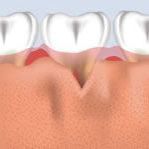
This transparent view of the gums shows the bone loss that has occurred from periodontal disease
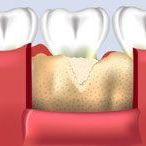
The periodontist gently opens the area.
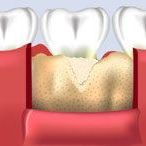
He then fills it with bone grafting material
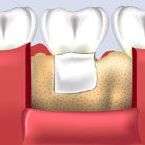
A patch is placed to hold the material in
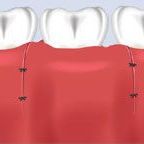
The periodontist then closes the area and lets it heal
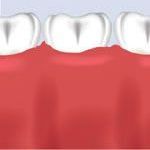
The bone grafting material will integrate with the bone and the gum will also return to normal
Samar Shaikh B.D.S M.S.• John Paul R. De Guzman D.M.D. M.S. • Practice Limited to Periodontics
280 Main Street, Suite 411 Nashua NH 03060 • View Map
Phone (603) 880-1707 • Fax: (603) 886-0914
© 2024 All Rights Reserved | Nashua Periodontics
